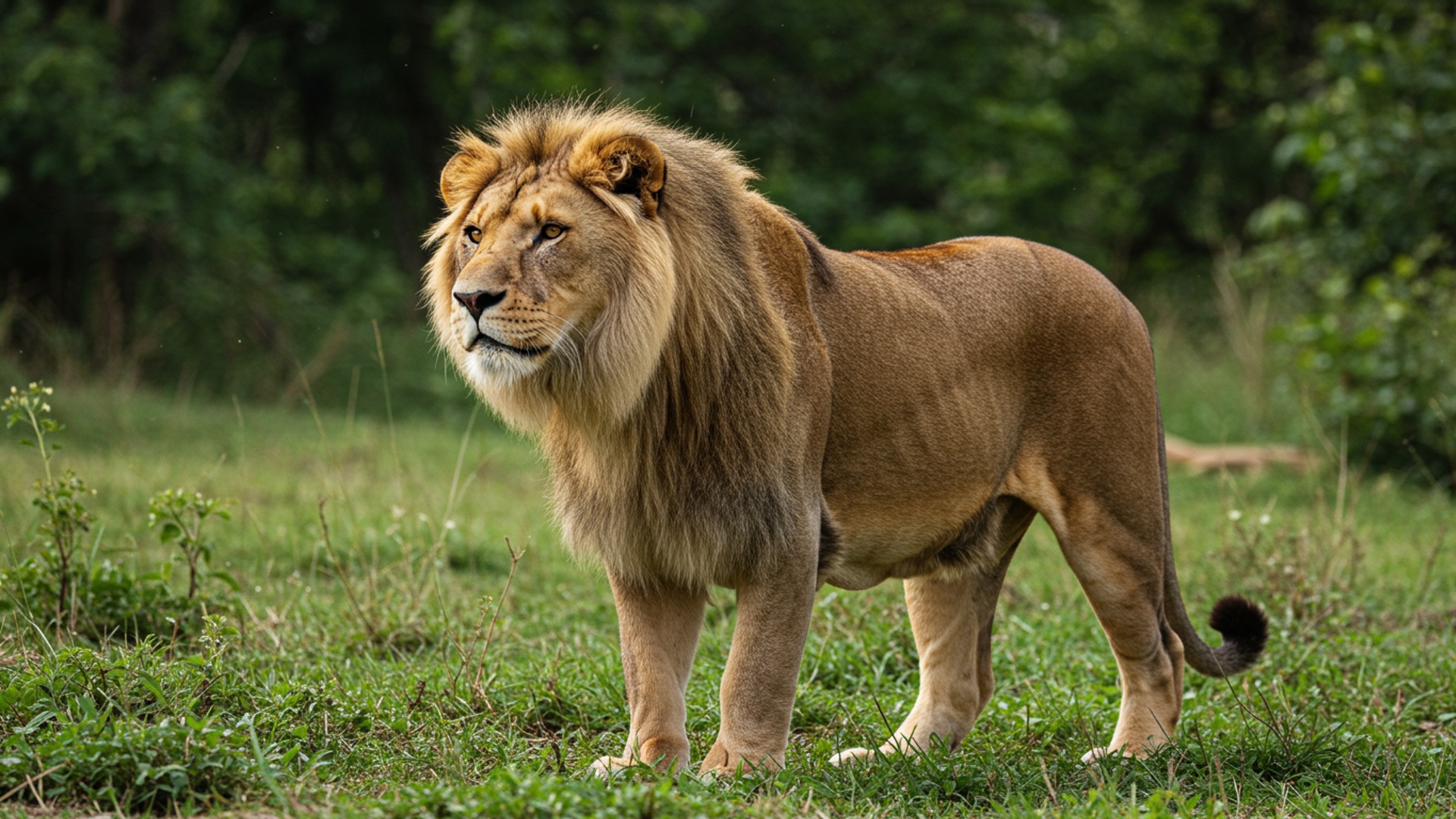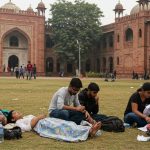Lions now freely walk the lands of Gujarat, a remarkable win for wildlife protection that demands immediate attention. Latest reports confirm a big rise in the number of these powerful big cats, proving that years of dedicated hard work by the state’s forest teams and local people are paying off. Once facing great danger, these majestic animals are thriving again in their natural homes, making Gujarat a shining example of how humans and wild nature can live together and a beacon of hope for conservation worldwide.
A Remarkable Rise in Lion Numbers
Gujarat has seen a significant increase in its Asiatic lion population, a clear sign of successful wildlife protection efforts. The latest count in May 2025 shows an estimated 891 lions across the state. This marks a notable rise of 217 lions, or over 32 percent, since the last census conducted in 2020, when the population stood at 674. This growth places Gujarat’s lion recovery among the most impressive for big cat species worldwide.
The population data reveals a healthy breakdown: 196 males, 330 females, 140 sub-adults. 225 cubs. Over the longer term, the increase is even more striking, with the lion population growing by nearly 172 percent since 2001, when only 327 lions were recorded. Historically, the Asiatic lion population had dwindled to as few as 20 individuals in 1913, making the current numbers a testament to dedicated conservation work.
Lions Find New Homes
The success extends beyond just numbers; lions are now spreading out and making homes in new areas. More than half of the current population, specifically 507 lions, live outside the main Gir National Park and Wildlife Sanctuary. Their presence has expanded across 11 districts in the Saurashtra region, covering approximately 35,000 square kilometers, which includes coastal and non-forested lands.
The area lions roam has grown steadily, from 22,000 square kilometers in 2015 to 30,000 square kilometers in 2020. further to 35,000 square kilometers by 2025. A key development in this expansion is the Barda Wildlife Sanctuary. Once a single male lion wandered into Barda in 2023. now the sanctuary is home to 17 lions, including 6 adults and 11 cubs, earning it the title of a “second home” for the species. This shift to supporting satellite habitats is an vital part of the conservation plan.
How Lions Are Counted and Protected
The 16th lion census, conducted from May 10 to 13, 2025, involved around 3,000 to 3,854 participants, including forest officers, census takers. volunteers. The method used was Direct Beat Verification (DBV), also known as the block count method, which has been in use since 2000. This method relies on direct sightings of lions. To make the census more accurate and efficient, new technologies were also used. These included closed-circuit television (CCTV), digital cameras, camera traps, radio collars. GPS-enabled devices. The e-Gujforest app helped in recording lion locations and photographs in real time. AI-based software helped identify individual lions.
Conservation efforts are supported by significant investment and trained personnel. An initiative of INR 180 crore has been launched to boost lion protection and ecotourism in Barda, including plans for a 248-hectare safari park. To strengthen on-ground protection, 237 new beat guards were hired in 2024. 92 rescue vehicles are now available for quick response to wildlife emergencies. Moreover, a high-tech monitoring center and a modern veterinary hospital have been set up in Sasan for wildlife healthcare in the Gir region. International organizations, such as ZSL, are also partnering with local facilities like Sakkarbaug Zoo to share best practices in animal care, breeding. disease management.
“The growth in the lion population is not only a result of favourable geographic and climatic conditions but also reflects the state government’s consistent and dedicated efforts towards wildlife conservation,” said Gujarat Chief Minister Bhupendra Patel while announcing the latest census data.
Working Hand-in-Hand with People
A major reason for the conservation success is the cooperation between lions and the local human population. This unique coexistence is built on mutual adaptation, strong legal protections, economic benefits from tourism, government payments for livestock losses. local community acceptance. The people living around Gir, especially the Maldharis (traditional cattle herders), play a crucial role. Some locals even choose not to claim money for cattle killed by lions, showing their deep commitment to wildlife.
Community involvement has fostered a sense of shared responsibility and greatly helped in reducing conflicts between humans and lions. To further reduce such conflicts, 11,000 ‘machans’ (raised platforms) have been built to help farmers protect their crops while ensuring safety for both people and lions. Tourism in and around protected areas also provides income for local communities, adding an economic reason for them to support conservation.
Ongoing Challenges for Conservation
Despite the remarkable achievements, the growing lion population and its expanding range bring new challenges. One main concern is the increasing interaction between lions and human settlements. There are rising instances of lions killing domestic cattle, with figures reaching 4,385 in 2023-24. While attacks on humans are rare, they can cause tension. The expansion of agriculture, industries. human living areas continues to reduce natural lion habitats.
Maintaining a stable population also means dealing with risks like genetic bottleneck, where a small gene pool makes lions vulnerable to diseases. For example, a Canine Distemper outbreak in 2018 led to the death of 20 lions. Feral dogs can carry such viruses and pass them to lions, especially if lions scavenge on diseased animal carcasses. Poaching and illegal activities, including luring lions with live bait for tourists, remain ongoing threats. Natural problems like droughts, forest fires. potential disease outbreaks are also a concern.
Another issue is the capacity of existing protected areas. Gir National Park is at its maximum limit, which naturally pushes lions to seek new territories. This raises questions about providing enough prey animals, shelter. water sources outside the core protected zones. Efforts to move some lions to a second home in Madhya Pradesh, as ordered by the Supreme Court, have not yet been carried out. This continues to be a point of discussion among conservationists who believe a second population could help secure the lions’ future by increasing genetic diversity and reducing disease risk.
But, despite these challenges, the progress in Gujarat stands as a shining example of how focused efforts and community cooperation can bring an endangered species back from the brink.
![]()








